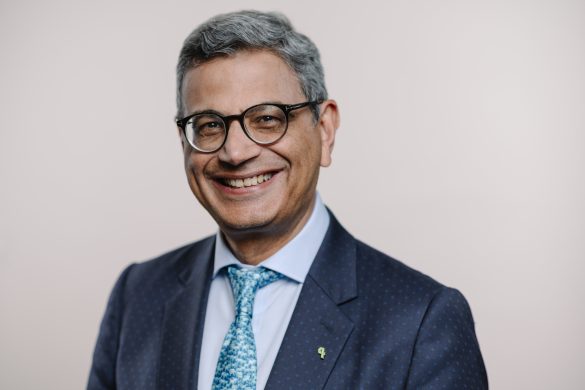The European Academy of Neurology has introduced a new feature for our congresses and I would like to explain the ideas behind. Congress participants expect to be exposed to many features during the congress of the EAN. This includes cutting edge science, exiting news about the causes of neurological diseases and related translational research, new talents in the field reporting their latest research and modern teaching covering the many aspects of the neurologists practice. One other item was lacking so far: They also want to see the giants of our field who have done and are still doing innovative research and are known to be the best teachers.
In order to attract them we have established the EAN named lectures which is the biggest honor EAN can grant to scientists in the field of Neurology. EAN will establish this as a tradition during our congresses. The three lectures are named after Moritz Heinrich Romberg, Camillo Golgi and Charles-Éduard Brown-Séquard. Romberg is not only engraved in the neurological exam by the Romberg test but has written the first ever book on neurology in 1840. Camilo Golgi, a basic scientist, was awarded the Nobel prize in 1906 for his discoveries and has given name not only to the Golgi tendon organ but also to the Golgi staining which has led to discovery of the connections between brain areas. Charles-Éduard Brown-Séquard was an extraordinarily talented physiologist and neurologist who lived in Mauritius, London and Paris. He was particularly interested into the relation of structure and function and gave name to the syndrome of spinal cord hemisection. All the three name-givers are outstanding founders of Neurology and are reminding that Neurology was born in Europe.
How are the recipients of these awards selected? All the panels, committees and full members of the EAN have been asked to nominate candidates for these three lectures before Christmas. More than 70 eminent persons have been proposed as candidates for these lectures with many double nominations. The programme committee has finally selected 3 candidates out of these nominations and the list of candidates has been approved by the board.
Moritz Romberg Lecture
The prediagnostic phase of Parkinson’s disease
Eduardo Tolosa Sarro, Barcelona, Spain
Camillo Golgi Lecture
The mirror mechanism: social and medical implications
Giacomo Rizzolatti, Parma, Italy
Charles-Édouard Brown-Séquard Lecture
3-D Spatial Memory and Navigation: Functions and Disorders
Thomas Brandt, Munich, Germany
For the first time these three lectures will be given at the presidential plenary symposium without competing sessions on Sunday June 29th 2016, 10:30-12:30, in the Copenhagen Bella Center.
We invite you to join us and are looking forward to this very special event.















1 comment
We are looking forward to this session!